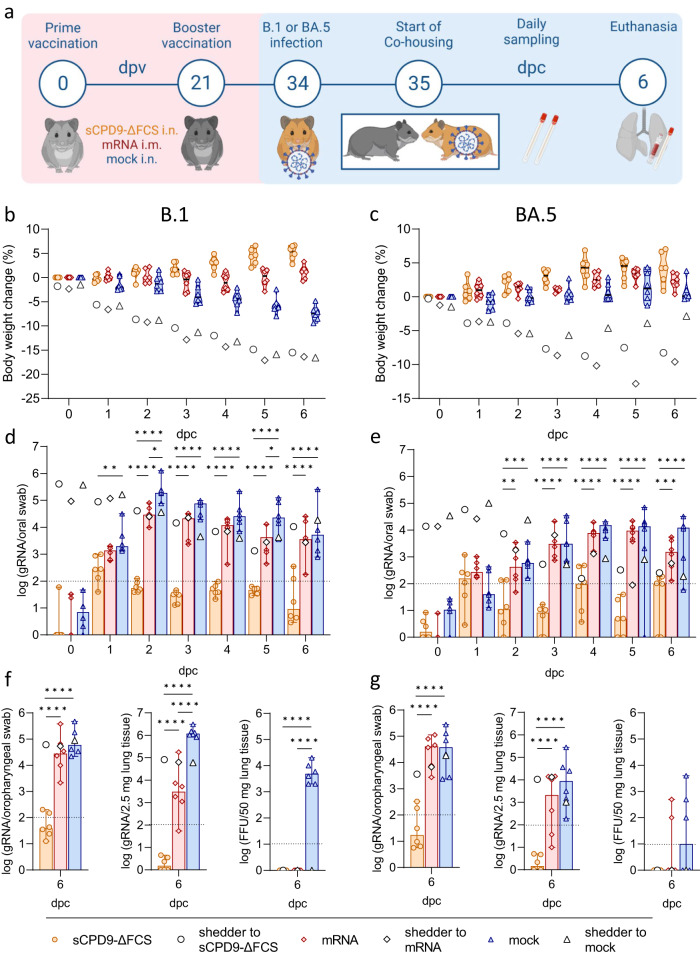Fig. 1. Study scheme and virological results of vaccinated contact hamsters.
a Schematic overview of the experiment. Syrian hamsters were vaccinated in a prime-boost setting with either sCPD9-∆FCS intranasally (i.n.), an mRNA vaccine intramuscularly (i.m.), or a mock vaccine on days 0 and 21. Thirty-five days post vaccination (dpv) vaccinees were co-housed with SARS-CoV-2 B.1 or Omicron BA.5-infected shedder animals to screen for host-to-host transmission. After 6 days of contact (dpc), hamsters were euthanized to collect swabs, blood, and lung samples. Body weight changes of b B.1 shedder and contact animals, as well as c BA.5 shedder and contact animals. Violin plots (truncated) show weights of vaccinated contacts (n = 6), group medians, and quartiles. The weights of shedders (n = 3) are displayed as a median. Viral gRNA copies in oral swabs collected daily from d B.1 and e BA.5-infected shedder hamsters and their respective vaccinated contact animals. Viral gRNA copies in oropharyngeal swabs and lung tissue, and replicating virus quantified as focus forming units (FFU) of f B.1 and g BA.5-infected shedders and their respective vaccinated contacts. d–g Results of vaccinated contact animals (n = 6) are displayed as median with range, with symbols indicating individual values. For shedder hamsters (n = 3), medians are shown. d–g Parametric statistics on log-transformed data. d, e Ordinary two-way ANOVA with Tukey’s multiple comparisons test was performed. f, g Ordinary one-way ANOVA with Tukey’s multiple comparisons test was conducted. *p < 0.05, **p < 0.01, ***p < 0.001, and ****p < 0.0001. Source data are provided as a Source Data file.

